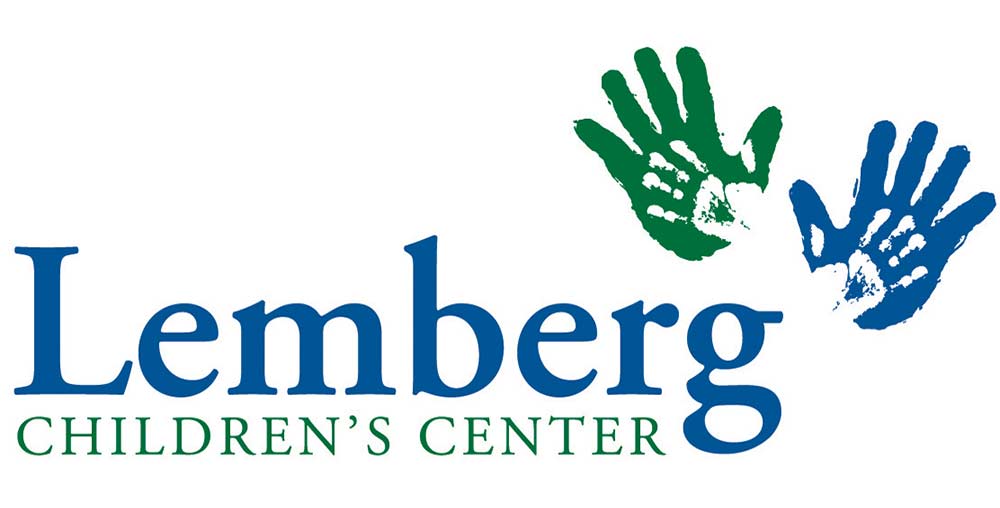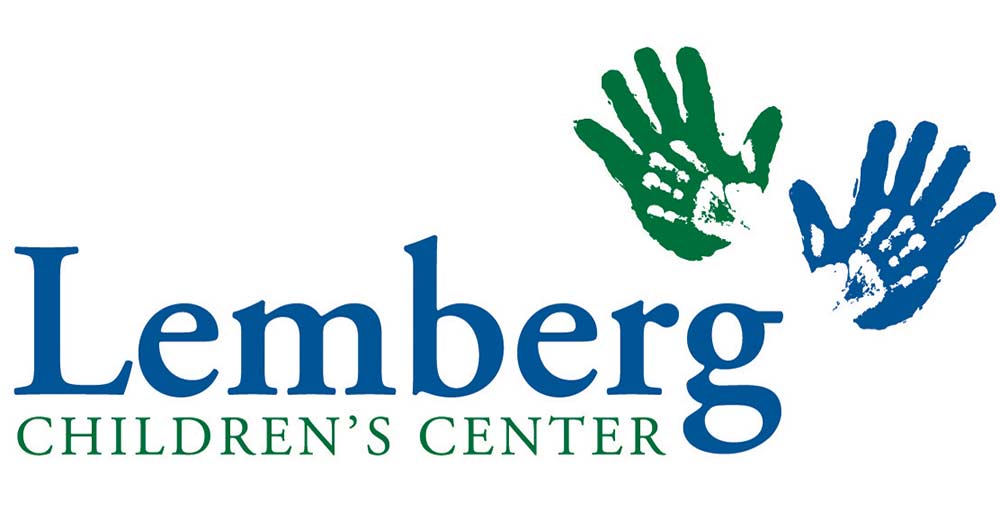Guidelines for Helping Children Deal with News Violence
Diane Levin, PhD
While it's rarely possible to protect them fully from news violence, having safety and security predominate is still vital for healthy development.
When exposed to violence children need trusted adults to help them safely work out their ideas, often over an extended period of time. How you react plays a big role in determining how they think and feel and what they learn.
-
Young children won’t understand violence as adults do.
-
When they see or hear about something scary, they often relate it to themselves and worry about their own safety. They tend to focus on one thing at a time and the most salient aspects of what they see. Because they don't have logical causal thinking, it's hard to figure out the logic of what happened and why, or sort out what's pretend and real. They relate what they hear to what they already know which leads to misunderstandings. "Mommy works in a skyscraper; it can blow up too!" or "Planes in the war carry bombs; so planes I see in the sky carry bombs too!”
-
-
Older children begin to think about what underlies an event and possible real world implications.
-
They use more accurate language and make logical causal connections, but still don't understand all the meanings and can develop misunderstandings and fears. Find out the meanings behind their language and base your responses on what they seem to know and be asking.
-
If a child raises the issue, ask, "What have you heard about that?" You can start a conversation with, "Have you heard anything about a plane crash [or bombs]? What did you hear?"
You don't need to provide the full story. Just tell children what they seem to want to know. Don't worry about giving "right answers" or if children have ideas that don't agree with yours. You can help children learn to distinguish real from pretend violence. You can calmly voice your feelings and concerns.
It's normal for children to do this in an ongoing way; it helps them work out ideas and feelings; it shows you what they know and worry about. Open-ended (versus highly-structured) play materials — locks, airplanes, emergency vehicles, miniature people, a doctor's kit, markers and paper — help children with this.
Changes in behavior such as increased aggression or withdrawal, difficulty separating or sleeping, or troubles with transition are all signs that additional supports are needed. Protecting children from violent media images, maintaining routines, providing reassurance and extra hugs can help children regain equilibrium.
Talk about non-violent ways to solve conflicts in their own lives. Help them look at different points of view in conflicts. Point to positive experiences with people different from themselves. Try to complicate their thinking rather than tell them how to think.
Children can feel secure when they see adults working to keep the world safe. And taking meaningful action steps themselves also helps children feel more in control.
Work together to support each other's efforts to create a safe environment for children. This includes agreeing to protect children from unnecessary exposure to violence. Talking together can also help adults meet their own personal needs.

